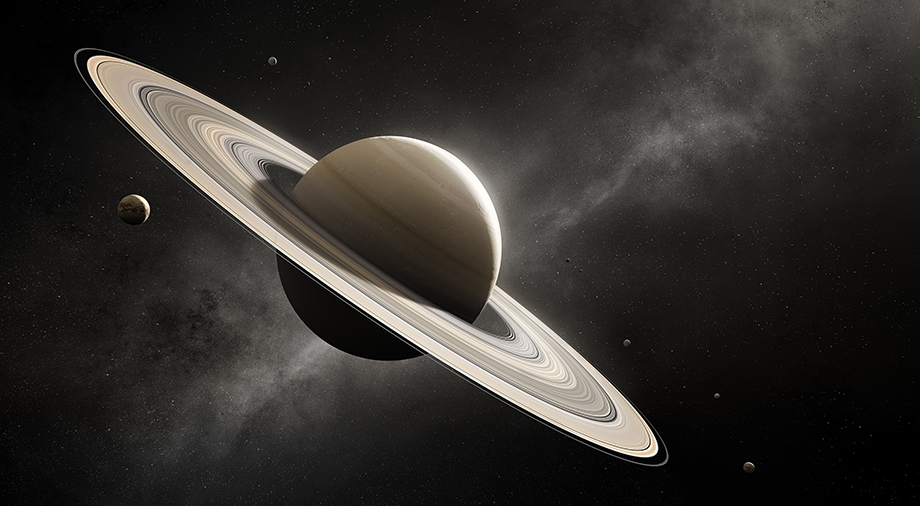The Chinese National Space Agency’s (CNSA) very successful lunar program has proven to be a good training ground, where many technologies that will be used to study other planets in the solar system have been demonstrated. The Planetary Exploration of China program, (PEC) also known as Tīanwen, intends to start this journey on Mars.
The Red Planet is just the first on the list of candidate planets in China’s research program, so the Tianwen Mars mission has been assigned serial number 1. CNSA plans to further include Jupiter and other planets of the Solar System in this list. But the first steps on this ambitious path will have to be taken on Martian soil.
First experience: Tianwen-1
The Tianwen-1 Mars program was approved on April 22, 2016. By CNSA’s, the spacecraft was supposed to launch in 2020. The Chinese were quite punctual, launching the Tianwen-1 on July 23, 2020 aboard a Chinese Long March 5 rocket, setting it on its seven-month journey to Mars.
The Tianwen-1 spacecraft consisted of two modules – an orbital module and a landing one. The landing vehicle was equipped with a heat-resistant shield for safe entry into the Martian atmosphere, a landing platform, a rover attached to the platform, and a rear cover equipped with a parachute system. The development of the spacecraft for the Tianwen-1 mission was carried out by the China Academy of Space Technology (CAST).
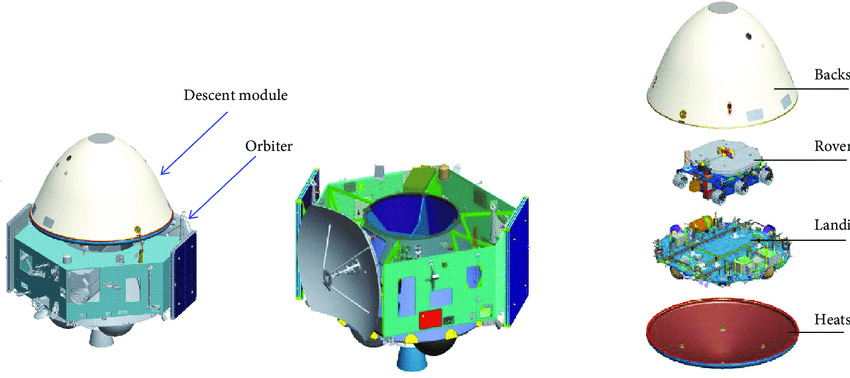
By February 2021, Tianwen-1 reached Martian orbit. It remained in orbit for three months, selecting the most favorable landing zone in the Utopia Planitia basin. The historic event took place on May 14, 2021. The landing module undocked from the orbital module and made a soft landing on Mars, making China the third (after the United States and the Soviet Union) country in the world to achieve this ambitious feat.
The first photo of the landing platform and rover on the surface of Mars was taken by a portable descent camera weighing less than a kilogram, which was also attached to the lander and released during the later stages of landing. To date, the portable camera is the smallest man-made object on the surface of the Red Planet.
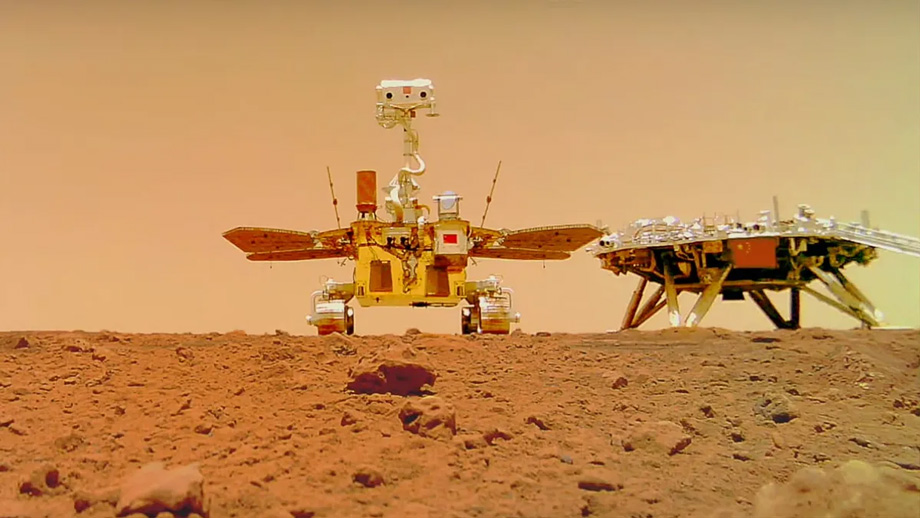
The main mission of the Mars rover was to search for evidence of the presence of water on the planet. Marsologists believed that the Utopia Planitia basin, located in the planet’s Northern Hemisphere, could have once been the bottom of a Martian ocean. If this was the case, beneath the surface of the Martian basin (3,300 km in diameter), there may be underground depressions filled with deposits of mud ice. Utopia Planitia could also contain mud volcanoes, which are of great value in the search for Martian life. To test this hypothesis and try to detect residual water deposits, Zhurong was equipped with a microwave ground-penetrating radar capable of scanning the ground to a depth of 100 m.
It is worth noting that the Utopia Planitia basin had already been visited by man-made robots, so China was not a pioneer in this respect. In 1976, the American spacecraft Viking-2 visited the area and sent photographs back to Earth, confirming the presence of ice on Mars.
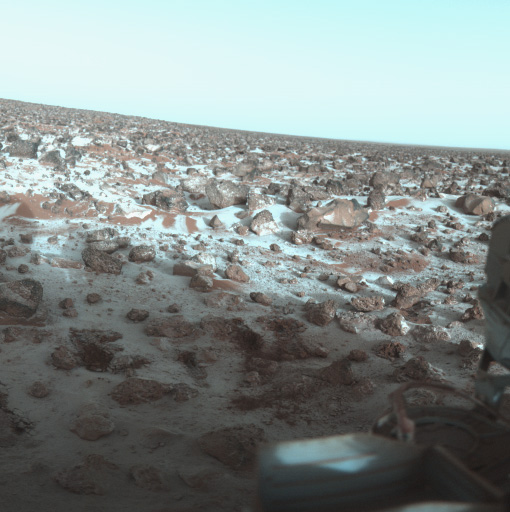
Zhurong had a great many plans, but unfortunately had too little time to implement them. On May 20, 2022, the rover was placed into artificial hibernation to save the charge of its batteries, which it remains in to this day. Officials in charge of the Zhurong program remained silent for a long time regarding the status of the rover but later recognized that the device most likely encountered critically high contamination of its solar panels with sand and dust, which did not allow the system to accumulate the electrical charge needed to resume operation. Of course, there is still a chance that Martian winds will blow dust off the rover’s solar panels, but it is negligible.
Even so, Zhurong almost exceeded its 90-day operational life by almost four times, spending 358 days on Mars, traveling 2 km on the surface of Utopia Planitia, and collecting a wealth of data with its instruments. It confirmed the historic presence of water on Mars, finding that at least 400,000 years ago, liquid water still remained within Utopia Planitia. However, Zhurong was unable to find out whether it exists in any form under the ground now.
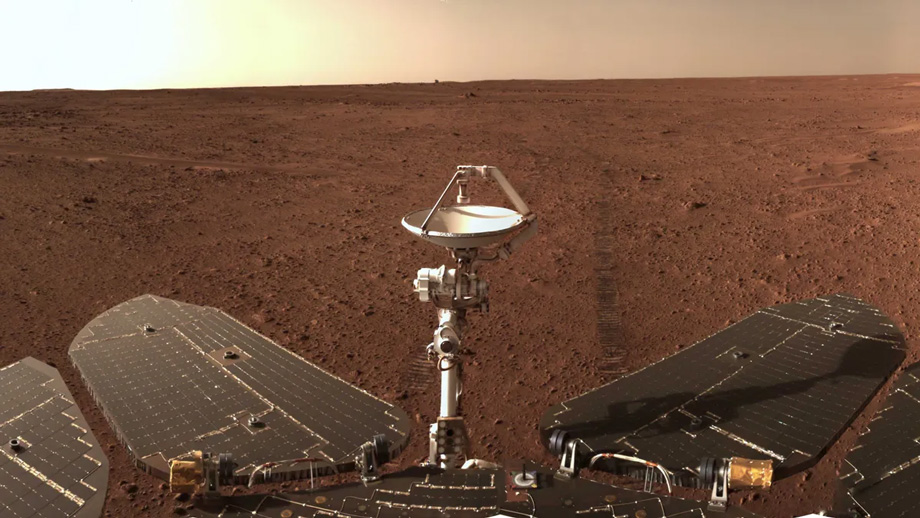
Source: CNSA, space.com
In terms of duration of activity on Mars, the Zhurong was clearly inferior to a number of American rovers, even those of the previous generation. The Chinese rover’s almost a year of operation cannot be compared with Opportunity’s 14-year record (2004-2018) and Curiosity’s 11 years of ongoing activity (2012-to-date). These rovers maintained the US title as the foremost designer of planetary robotic rovers, at least for the moment.
As for the orbiter, after reconnaissance of the landing site, it remained in its Martian orbit, acting as a communications relay for the lander and Mars rover, as well as taking images of Mars with its high-resolution multispectral camera.
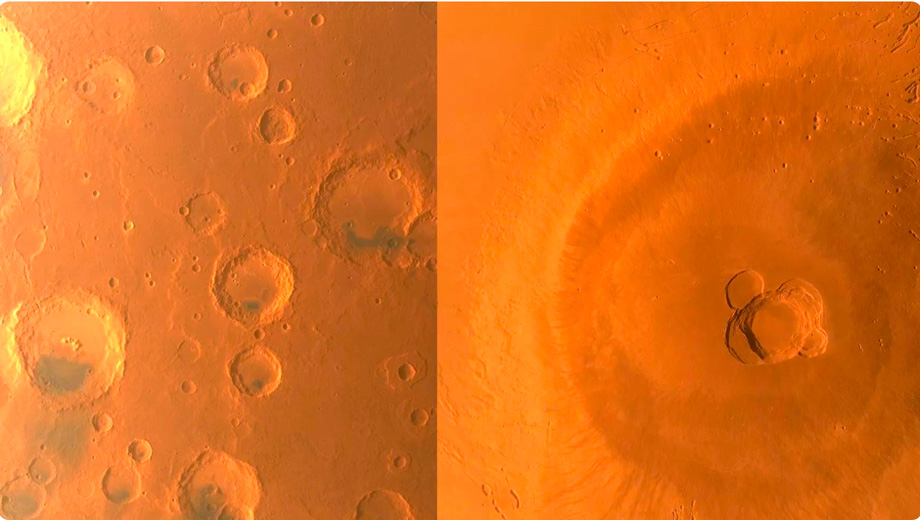
Over a nearly two-year period of activity, the probe was able to collect tens of gigabytes of images and scientific data about the Red Planet obtained from its onboard instruments: an energetic particle analyzer, a surface sounding radar (also designed to search for water), a magnetometer, and a spectrometer to determine the composition of minerals in the Martian atmosphere. The Tianwen-1 orbital module also helped in compiling the most complete global map of Mars of all those existing today.
However, starting from January 9, 2023, the Tianwen-1 orbital station could no longer transmit a signal to Earth because it had no way out of its set given orbit. The spacecraft was most likely lost or destroyed in the planet’s atmosphere. However, there are still no official comments from CNSA regarding the status of Tianwen-1.
Despite the gradual failure of the mission’s main spacecraft, Tianwen-1 will remain a major achievement for Chinese space. In addition, new Mars missions are approaching launch. Tianwen-2, which is expected to launch in approximately May 2025, will be aimed at collecting and delivering samples of Martian soil to Earth. CNSA also plans to launch Tianwen-3 (2030), which will serve as a backup mission to deliver 500 g of Martian soil if trouble befalls the second space mission. The return of samples to Earth will occur no earlier than July 2031, if Tianwen-3 is launched on time.
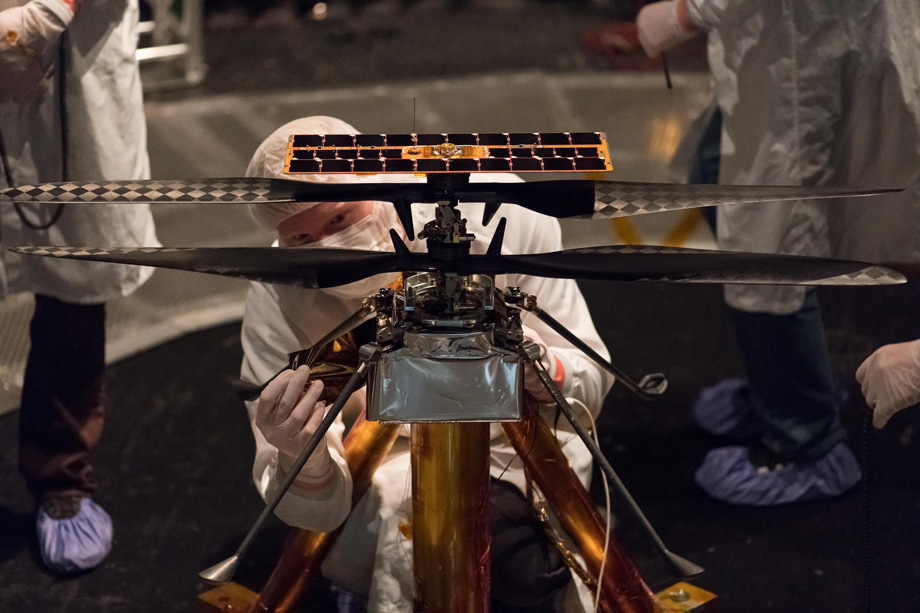
It will be worth waiting for these results to find out where the Mars program is heading, but it is already clear that its pace is invariably increasing.
Space GPS: interstellar navigation using pulsars
During complex planetary missions like Tianwen-1, issues of navigation in deep space play a decisive role. Realizing this, CNSA has put a lot of effort into creating new technologies to make it easier to navigate interstellar space. One technology was developed by the Chinese Academy of Sciences (CAS).
One of the fastest-rotating objects in the Universe — pulsars — have come to scientists’ aid. The X-rays emanating from these neutron stars have a very recognizable frequency pattern and a highly periodic modulated signal due to their strong magnetic fields.
With a database of pulsar locations and information about their frequency characteristics, it is possible to create a navigation system that will compare the actual location of the spacecraft (according to its on-board telemetry systems and information from space flight control stations on Earth) with the X-ray data received by the sensors ship from pulsars. This is very similar to GPS on a universal scale, where pulsars act as communication satellites tracking a spacecraft’s location.
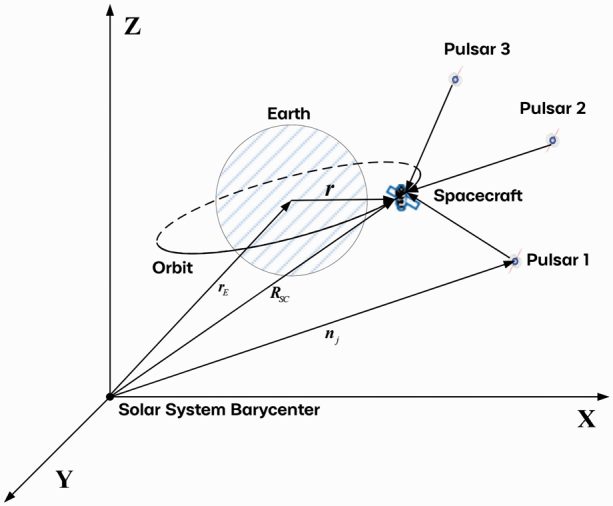
And although the first studies of XNAV (X-ray pulsar-based navigation and timing) navigation technology were carried out by scientists from the European Space Agency (ESA) in 2003; China became the first country to put this theoretical knowledge into practice.
On November 9, 2016, China launched the 240-kilogram XPNAV-11 satellite into space. Its main mission was to create a navigation database based on soft X-ray radiation emanating from 26 pulsars. XPNAV-1 was the first satellite to demonstrate the functionality of this technology that had been the work of many scientists around the world for almost two decades. A year later, on June 15, 2017, China launched another experiment, called the Hard X-ray Modulation Telescope. It was developed by physicists from the Institute of High Energy (part of the Chinese Academy of Sciences). Since 2018, NASA has also demonstrated its version of XNAV technology by launching the NICER/SEXTANT experiment on board the ISS. The navigation accuracy over two days was ±7 km.
XNAV technology is still at the very beginning of its development, but it holds the future of spacecraft navigation, and not only within our solar system. The methodology has a 10 km margin of error for determining the location of a spacecraft, which is amazing for space conditions. Moreover, the system is completely autonomous, as the X-ray equipment located on the satellite is sufficient for navigation without the need for constant communication with Earth. This means that remote robotic missions can be launched with the need for much less ground control.
The experience gained by China in the field of remote sensing of the Moon and Mars is also being used on Earth. It formed the basis for constellations of monitoring satellites, which the PRC is now using for various purposes, mainly for assessing and localizing natural and man-made disasters.

It is easy to see that the Chinese space program has excellent feedback loops. Technologies previously used for extraterrestrial missions are finding their way back to Earth, and systems like the Beidou satellite navigation constellation, on the other hand, are evolving to serve as a navigator of the solar system and beyond.
Observing the development of the PRC’s Mars program, one can see how the country is increasingly at the forefront of the emergence of new space technologies. Having created the basis of a space infrastructure much like what American space already had, Beijing went its own way. Today, this path is very different from what can be seen in the Western space sector.
Comparison of the Chinese and American Mars programs
To get a better understanding of the latest trends in the Mars race between the US and China, it is worth assessing where the two programs are now – not only technologically, but also financially.
The Americans were 23 years ahead of China in their Mars initiative. The Mars Exploration Program (MEP) was approved in the United States back in 1993. Four years later in 1997, the program brought its first major success, as the first US rover Pathfinder made a soft landing on the surface of Mars.
Over MEP’s decades of work, the US has achieved many successes in studying the Red Planet, but government funding for the program has been steadily declining over the past 10 years. Following NASA’s 40% budget cut in 2013, the vast majority of Mars MEP initiatives were scrapped. This diminishing of America’s Mars momentum continues even to a certain extent today.
The implementation of the mission to return Martian samples (Mars Sample Return, MSR) to Earth has become a big question mark. In June of this year, NASA noted that the estimated budgets for the program are much higher than previously stated. Initially estimated at $3.8-4.4 billion, supporting MSR now costs the aerospace agency between $8 billion and $9 billion.
But such appetites were not welcomed by the House of Representatives and the Senate, which voted overwhelmingly for the Commerce, Justice, and Science (CJS) spending bill. This law is responsible for funding many government scientific agencies and institutions and is the trough from which NASA feeds. In July of this year, senators and members of the House of Representatives voted, for the first time in a long time, to cut the space agency’s budget over the previous year, allocating $25 billion instead of $25.384 billion in the 2022/23 budget. Recall that NASA requested $27.2 billion in budget funding for 2024.
Many interesting projects have suffered during NASA budget cuts, but the most serious blow came precisely to the program to return Martian samples to Earth. The project did not receive the $649.3 million needed for its development. The situation is such that unless the space agency significantly reduces MSR costs over ten years, the project will most likely be permanently abandoned. America’s own legislators dealt a much more significant blow to American prestige in Mars exploration than Chinese space exploration has managed to do. If the future Chinese mission Tianwen-3 (also to deliver samples from Mars to Earth) succeeds before the American MRS, certain American legislators will certainly have something to answer for.
Taking into account the possible lack of 2024 funding that the American Mars exploration program is currently facing, it is worth noting that China’s young Mars program does not seem to be an outsider in this race. In 2022, China spent six times less on the development of its space sector than the United States. However, this did not stop CNSA from achieving amazing results in the implementation of its lunar and Martian space missions.
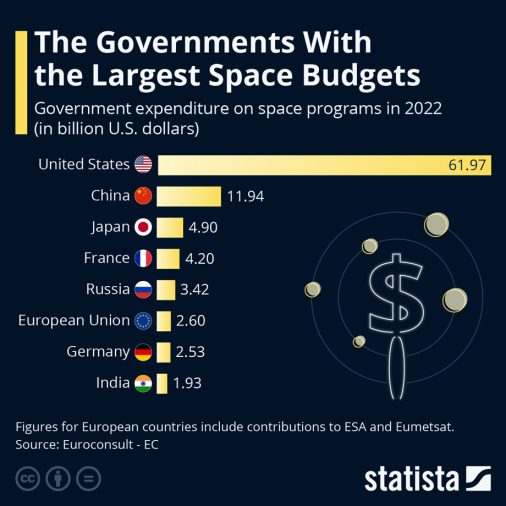
It is not known for certain how much money the PRC spends on the development of its Mars program, but this figure is definitely below American budgets. In this context, it is interesting to observe how, in the case of one country, the budget amounts actually play a decisive role, and for the other – they are simply an additional aggravating factor, in spite of which it achieves major successes.



